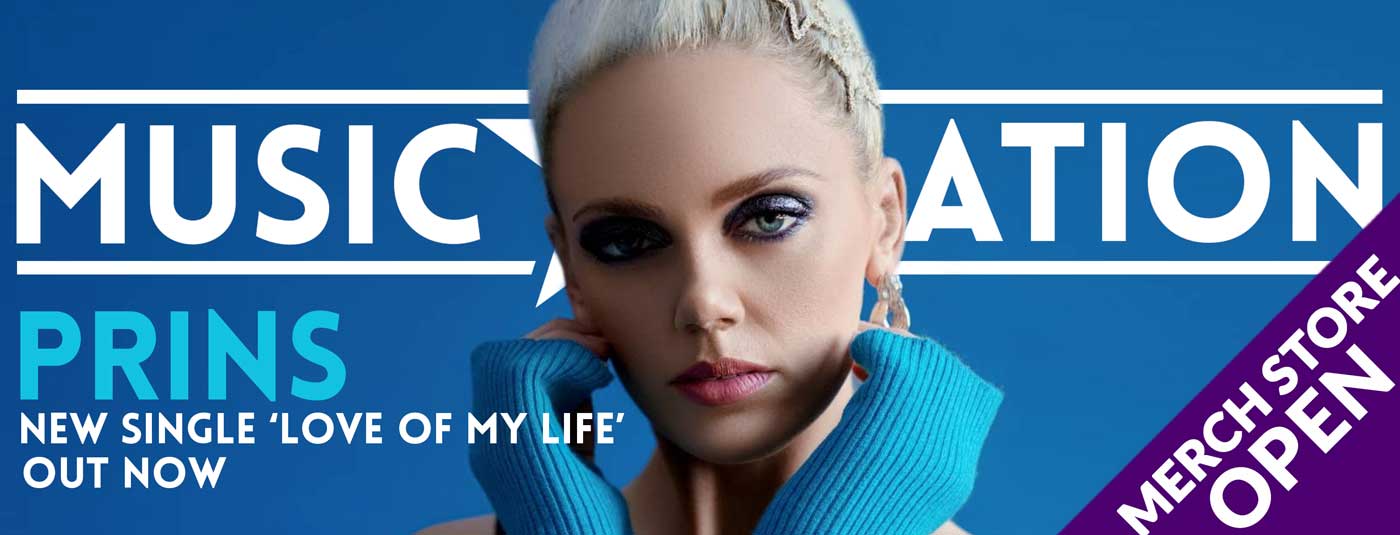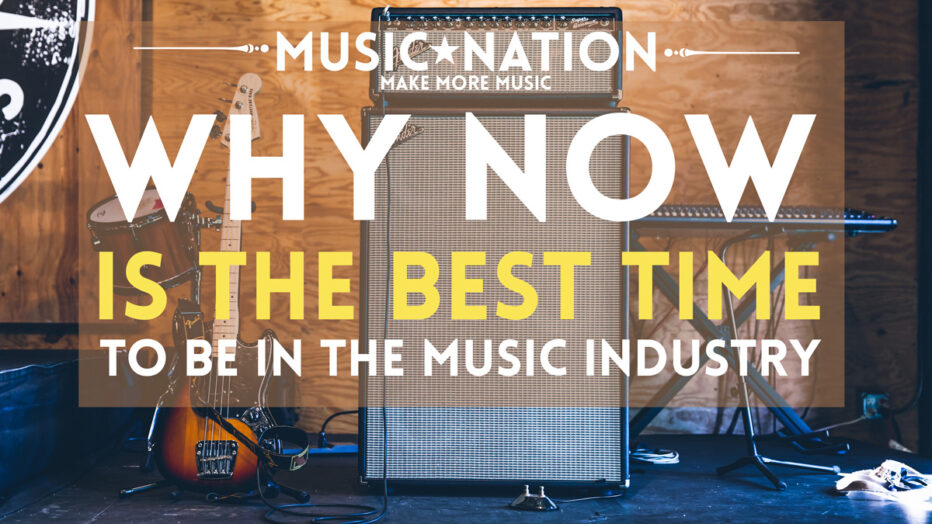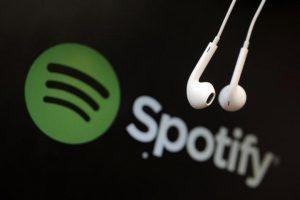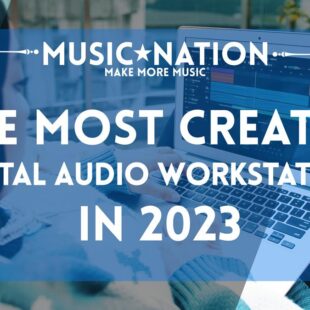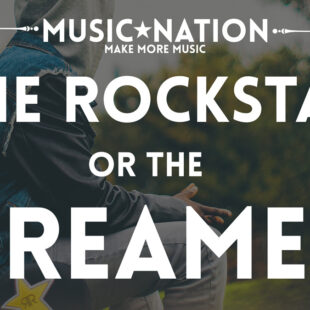THE BEST TIME TO BE IN THE MUSIC INDUSTRY
There have been some fascinating statistics released last year affirming what many already knew about the music industry. Hip-hop and rap have surpassed rock as the most listened-to genre of music in the youth sector, and it’s not far off overtaking pop as well.
The industry is championing the platforms such as Spotify for curbing the tendency of young people to download pirated music. Now by paying a monthly subscription, they can have all the music they want, legally.
With streaming, we finally can measure the listening statistics from a large number of people who would traditionally pirate music. These statistics give a much clearer picture of what people are listening to.

The apparent meteoric rise in statistical popularity for the hip-hop genre is not the focal point here, it’s how streaming is changing the way people prefer to buy music.
As more people join streaming services, the more they pay artists for their music. The return on investment is not as low as you might think, either. Streaming revenue is becoming more attractive than traditional recording contacts for independent artists.
Considering a typical 360-type record deal might net the artist only a tiny percentage of the generated income. After you pay all the middlemen, distribution networks and marketing, there’s not much left to split with the record label. Furthermore, you won’t get a cent until you repay the recording advance.
Spotify pays you a much smaller percentage – but it’s 100% of your money in your bank account.
Spotify works on a pro-rata basis meaning the more people who subscribe to the service the more they pay artists. As a result of some complicated algorithms operating in the background, royalties are distributed directly for music plays. Hardware formats like CDs are fading – the “Playlist” is the new golden ticket for artists.
Spotify’s Today’s Top Hits playlist alone averages around 20 million followers. The cost of buying that number of instant listeners for a record label would be prohibitive.
With Spotify, you need to be on the list.
Spotify has some work to do on their fundamental payment system which favours the top 1% of artists on these playlists. But for a first attempt, it works much better than the old recording contract/pirated music system.
The resurgence of streamed music has changed the balance of power between large companies to independent musicians. With access to broad demographic data from social media platforms like Facebook, musicians today have much better access to robust marketing data to promote their music.
Music Nation has some curated playlists you might be interested in, and in a small way, you can help support local musicians by playing their music.
